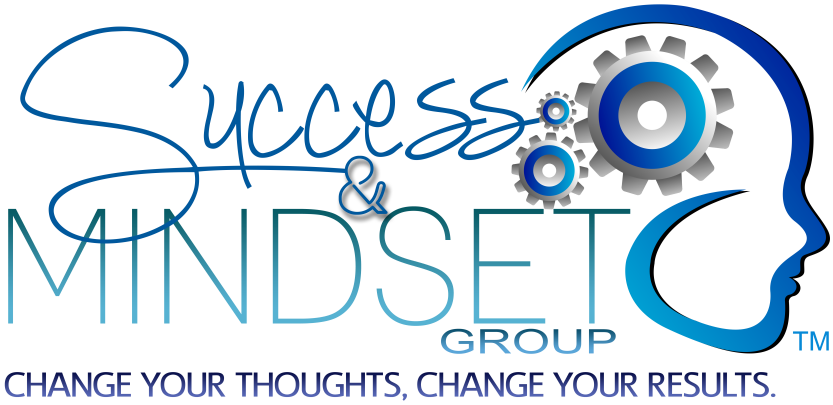We all are aware that there are many stressful aspects of life. What you may be less aware of is the need to create time to relax as well as what might be the best type of relaxation for you. In my recently published book with Janice B. Longobardi, R.N. titled "I Can't Take it Anymore: How to Manage Stress so It Doesn't Manage You", available on Amazon at https://www.amazon.com/dp/1542458056, we discuss these issues. Here's an excerpt from that chapter:
"I'm so stressed out". If we had a dollar for every time we have heard that from a mental health patient, primary care clinic patient, or consulting client, we would have a considerable bonus. American business loses millions of dollars each year to stress related illnesses. However, stress is a choice, not an inevitability. Whether you have a high stress job such as a neurosurgeon, manager of a company, or are a worn out parent, you can feel that you experience unmanageable stress. You likely desire relaxation but are unsure if you can achieve it. As we have emphasized earlier, your thoughts are critical in creating your feelings of stress. However, we want to offer you other alternatives. All are based on activating our natural relaxation response, a deep state in contrast to the stress response. What happens to you when you activate the relaxation response? The following are typical responses:
• Your heart rate decreases
• Your breathing becomes slower and deeper
• Your blood pressure drops or stabilizes
• Your muscles relax
The relaxation response also increases your energy and focus, reduces aches and pains, improves your problem-solving abilities, and interferes with illness. It’s important that you find the right relaxation procedure for you. While there is no one technique best for everyone, you should choose one that matches well with your needs, preferences, and ways you tend to react to stress. Remember the fight/flight response we have discussed multiple times in this book? Well, depending on how you react to stress may influence the choice of relaxation technique that works best for you. This was well described in an article (no author cited) on relaxation techniques for stress relief at HelpGuide.org:
The “fight” response. If you tend to become angry, agitated, or keyed up under stress, you will respond best to stress relief activities that quiet you down, such as meditation, progressive muscle relaxation, deep breathing, or guided imagery.
The “flight” response. If you tend to become depressed, withdrawn, or spaced out under stress, you will respond best to stress relief activities that are stimulating and energize your nervous system, such as rhythmic exercise, massage, mindfulness, or power yoga.
The immobilization response. If you’ve experienced stressors and become too challenged to act at all, your challenge is to first stimulate your nervous system enough to a fight or flight response (above) so you can employ the appropriate stress relief techniques. Choose physical activity that engages both your arms and legs, such as running, dancing, or tai chi, and perform it mindfully, focusing on the sensations in your limbs as you move.
It is important that you find ways to make relaxation a regular part of your daily life. Plan for at least 10-20 minutes per day. Some techniques can be adapted to other routines in your life such as while waiting for appointments, commuting on a bus or train, walking the dog. It’s also helpful if you set a time each day to practice, practice when awake and alert but not drowsy, focus on your regimen, don’t become discouraged if you have some obstacles.
What's most important is that you get started with an activity which suits your style and temperament. For more details, you can acquire our book at https://www.amazon.com/dp/1542458056. .
As always, change your thoughts (and actions) and change your results.
Dr. Paul Longobardi
For information on these and related topics, please see my website at www.successandmindset.com
